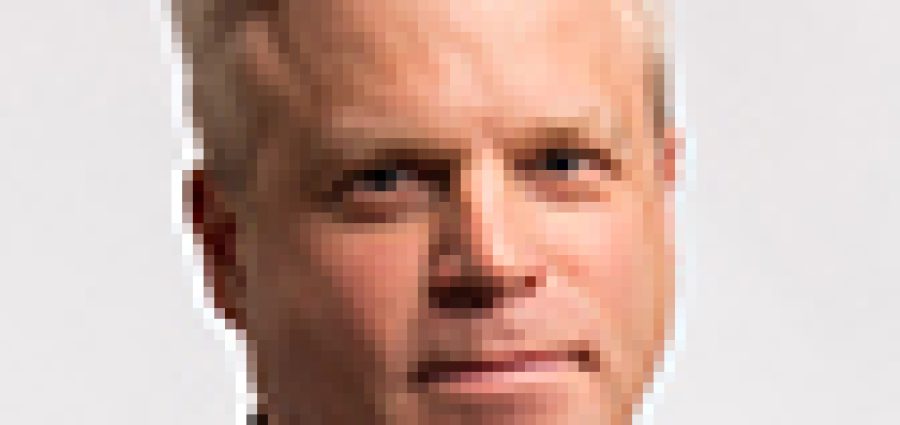After three quarters of slow growth – including the most recent earnings report that showed sales improved just 3 percent while profit decreased 3 percent – Grainger doesn't have high hopes for a strong finish to 2016.
"We continue to operate in a challenging economic environment," said CEO DG Macpherson. "We expect fourth quarter demand to remain challenged, and as a result, we have narrowed our guidance and lowered the midpoint for the full year."
The company now expects 2016 sales growth of 1.5 to 2.5 percent, according to Bill Chapman, senior director of investor relations, speaking on this week's earnings call with analysts.
"For the full year, our guidance is lowered to reflect year-to-date performance and the expectation of continued modest sales growth in the fourth quarter," he said.
Grainger's lowered forecast is "another bad omen" for the industrial sector, according to a Bloomberg article.
"Because Grainger supplies the construction, industrial and commercial sectors, its results are watched as a potential harbinger of what's to come when its customers report their own earnings," writes the article's author, Brooke Sutherland. "If the takeaway from the second quarter was that things in the industrial economy might get a bit worse before they get better, it now appears that the getting-better portion of this process will be pushed even further into the future."
Grainger's less-than-enthusiastic outlook for the remainder of the year is in line with the rest of the industry. Distributors said they saw 0.5 percent revenue growth in the third quarter, according to respondents to the third-quarter 2016 MDM-Baird Distribution Survey. While that's the first positive growth after three straight quarters of declines, it still fell short of respondents' 1.9 percent revenue growth for 3Q.
Looking more closely at industrial supply companies, the climate was even drearier last quarter. Companies in this sector combined to average -1.4 percent revenue growth in 3Q, and they forecasted -0.4 percent revenue growth in the fourth quarter and just 1 percent in 2017.



